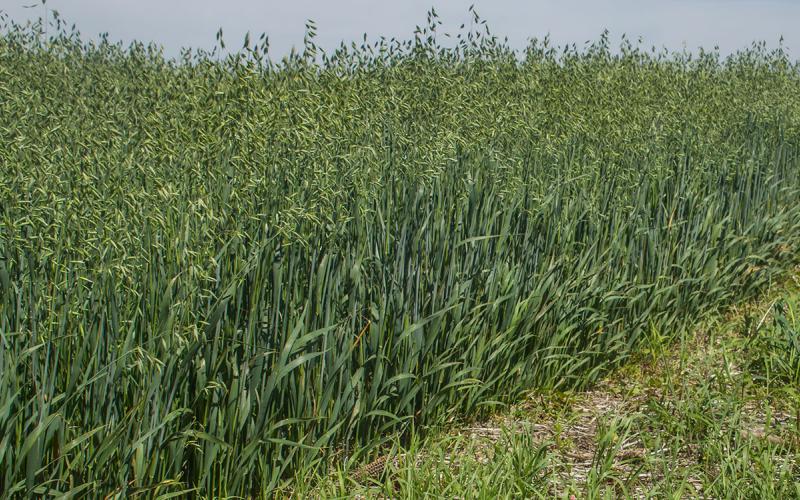Written collaboratively by Jason Clark, Péter Kovács, Anthony Bly and Chris Graham
Nitrogen (N) is an essential plant nutrient commonly applied to South Dakota (SD) corn crops and is critical for optimizing corn yield and profitability. However, excessive N fertilizer applications can reduce fertilizer efficiency, create environmental contamination issues, and reduce grower profits. Thus, it is imperative to continually improve the accuracy of our corn N rate recommendations. At this time, there are two main N rate recommendation systems used in the U.S.–Yield goal and maximum return to N (MRTN).
The yield goal approach was developed in the 1970s and was the main system for determining corn N rate recommendations until the maximum return to N approach was developed in 2005 (Sawyer et al., 2006; Morris et al., 2018). One of the greatest strengths of the yield goal approach is simplicity, but that simplicity is likely not able to account for some of the challenges in using the yield goal approach, including being able to estimate yield, internal corn plant N efficiency (i.e., lbs N/bu corn) and other fertilizer use efficiency factors at the beginning of the season (Morris et al., 2018). The MRTN approach determines N rate recommendations based on N response curves from N rate studies conducted in each state or region within a state and is continually updated with new research data. Some of the advantages of the MRTN approach are the ability to incorporate economics into the N recommendation and group sites by different criteria that can influence N response like previous crop, soil type, location, or tillage practice. Some potential disadvantages of the MRTN approach include not accounting for residual N that is especially important in drier climates, the inability to tailor a recommendation for an individual field or zone within a field, and it is often difficult to estimate the price of corn and fertilizer as the selling of corn and purchasing of fertilizer are often at different times of the year. In this fact sheet we will evaluate the accuracy of corn N rate recommendations for South Dakota corn using the yield goal and MRTN methods.
Acknowledgement
Research funded by the SD Nutrient Research and Education Council and NIFA Hatch project SD000H676-18.


